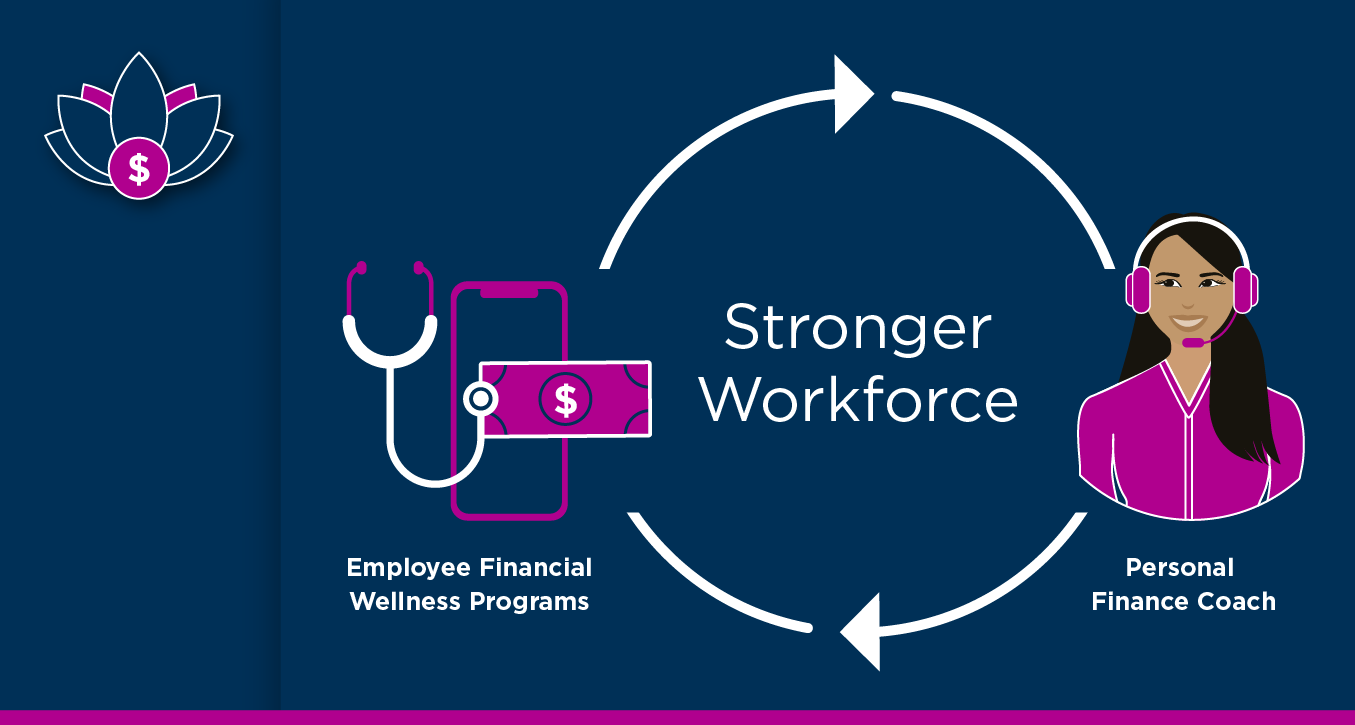Secure 2.0 offers employers solutions to reduce employee financial stress. New emergency savings options and student loan repayment matches for retirement contributions kick in after December 31.

Short-term financial security including covering monthly expenses is the top concern of employees nationwide, says Mercer’s 2023–2024 Inside Employees’ Minds© study.
“Covering monthly expenses” catapulted from the ninth rated concern of employees in 2021 to their top concern in 2022, where it remains today.
Long-term financial security including the ability to retire is a close second.
From retirement to emergency savings
These findings are the latest to illuminate the historic shift afoot in workers’ priorities and stressors, from saving for retirement to making it to the next paycheck, without turning to high-cost debt which often traps them in a financial black hole.
As Jake Spiegel, research associate, Health and Wealth Benefits, Employee Benefit Research Institute, notes regarding the findings of their latest Workplace Wellness Survey with Greenwald Research:
“What we found surprising is that this is the first year that saving for retirement is not the primary financial stress factor for employees. Instead, we found that day-to-day issues like emergency savings and paying for household bills are top of mind for workers.”
Employees are increasingly struggling with everyday expenses. They’re cutting back on discretionary spending and tapping what savings they do have: A majority report reducing their discretionary spending while 37% report they have reduced savings or tapped into their savings, per Inside Employees’ Minds©.
Rising debt, rising employer concerns
In a troubling trend, concerns over personal debt have steadily increased among employees over the last three years, particularly among lower-income workers.
According to Inside Employees’ Minds©, personal debt is now the #2 concern of lower-income employees (<$60k per year).
Credit card debt has been a key driver in debt increases according to the Federal Reserve Bank of New York, rising to a then-record $1 trillion this summer.
We’ve surpassed that record per the latest data. Credit card “delinquencies continue to rise from their historical lows seen during the pandemic and have now surpassed pre-pandemic levels.”
Employers are increasingly taking note of employees’ financial challenges and of the larger economic environment that’s eating away at workers’ purchasing power: 39% of employers rate their employees’ financial well-being as a high concern in 2023, compared to 29% last year, per the 2023 EBRI Financial Well-Being Report.
Savvy employers understand the changing needs of their workforce today, and tomorrow. You’re answering a fundamental question: given these trends in employee financial wellness, where should smart employers focus to adapt to changing employee expectations? Inside Employees’ Minds© offers five areas.
Topping the list is financial security.
“Focus on financial security. Concerns over financial security continue to reign supreme, as employees struggle to recover from inflation stressors.”
Secure 2.0 student loan match, emergency savings
So what are some solutions for employers who are concerned with the data about employees’ financial health and motivated to do something?
(Aside from investing in the financial health of your employees with TrustPlus, cough:) Say hello to matching contributions for student loan repayments and emergency savings accounts which become legal after December 31, 2023, thanks to Secure 2.0.
The historic law makes it easier for employers to help employees invest in their retirement and pay off student loan debt, among other things.
Matching contributions for student loan repayments: Employers will be able to make a contribution to an employee’s retirement account based on the amount they paid toward their student loan balance.
Under the new law, sponsors of 401(k), 403(b), governmental 457(b) plans, and savings incentive match plans for employees of small employers (SIMPLE plans) can make matching contributions to employees’ qualified student loan payments (QSLPs) as if they were pretax, Roth or after-tax contributions.
For plan years starting after December 31, 2023, employers can offer the QSLP match even if employees aren’t contributing to a plan, making it possible for employers to eliminate the toxic choice employees often make between investing in retirement and paying down student loan debt.
Emergency savings accounts: Sponsors of 401(k), 403(b) and governmental 457(b) plans can offer non highly compensated employees pension-linked emergency savings accounts in plan years beginning after December 31, 2023.
At the end of the day, as Inside Employees’ Minds© notes, the “challenge for employers remains finding the right balance between the number of offerings to make available to meet employees’ diverse needs, while also maintaining ability to be directive and personalized to drive employee action — and ultimately value.”
In this economic environment, only the employers who implement financial wellness solutions defined by personalization and empathy, human touch and expertise, adaptability and action (think TrustPlus financial coaches), will actually solve for the financial security of your employees.
But solve for it you must, if you wish to compete in the battle for talent or to realize the value inherent in a financially healthy workforce.
Rolling out emergency savings accounts and matching contributions for student loan repayments unlocked by Secure 2.0 is a great place to start.
Schedule a time to speak with TrustPlus about cultivating a financially healthy workforce today.






